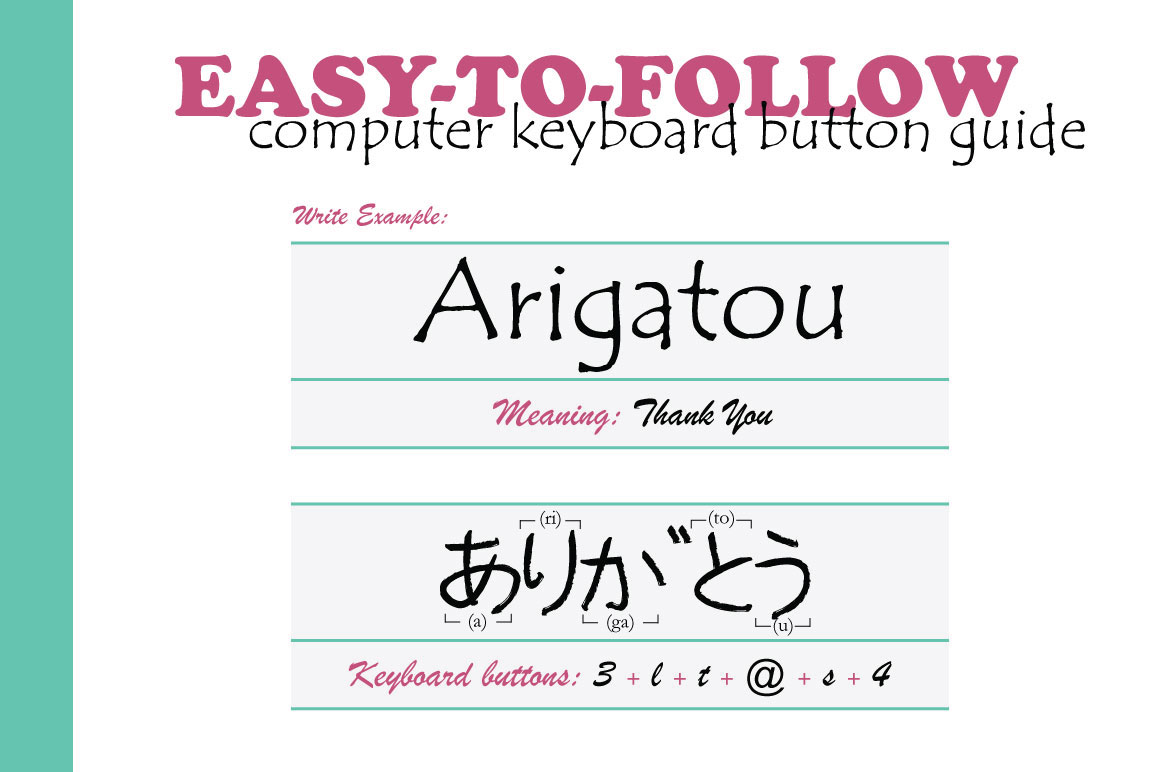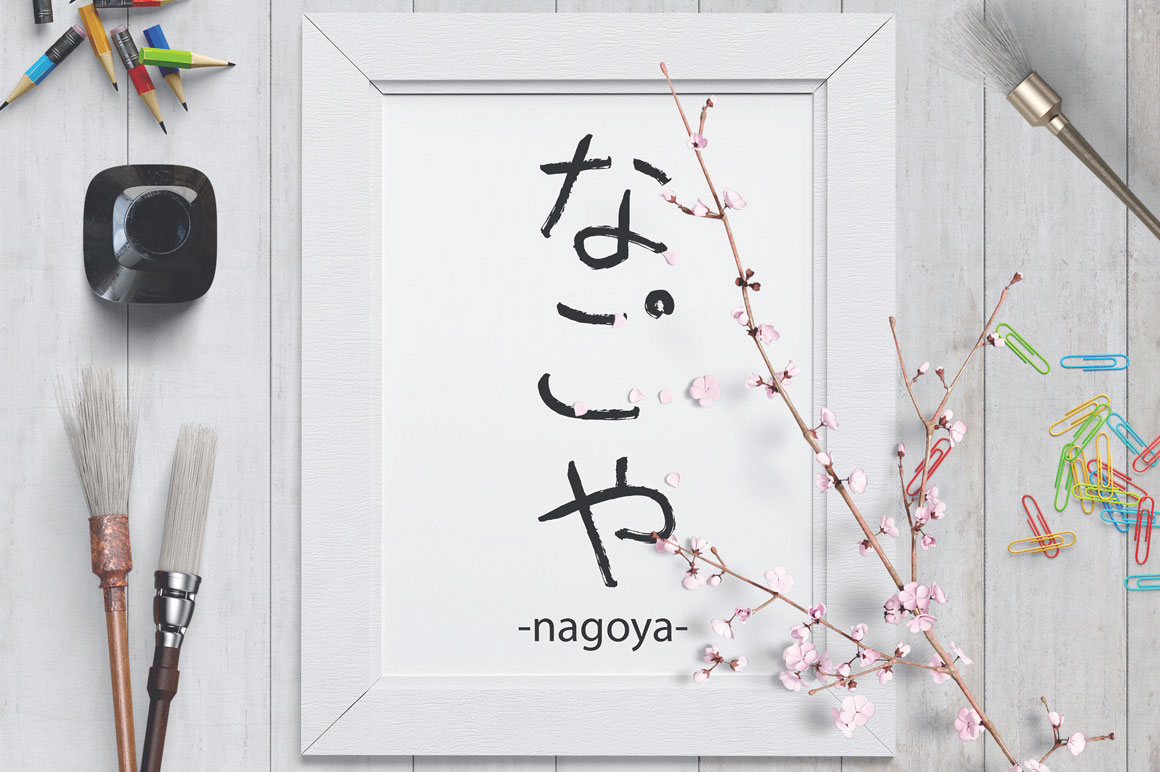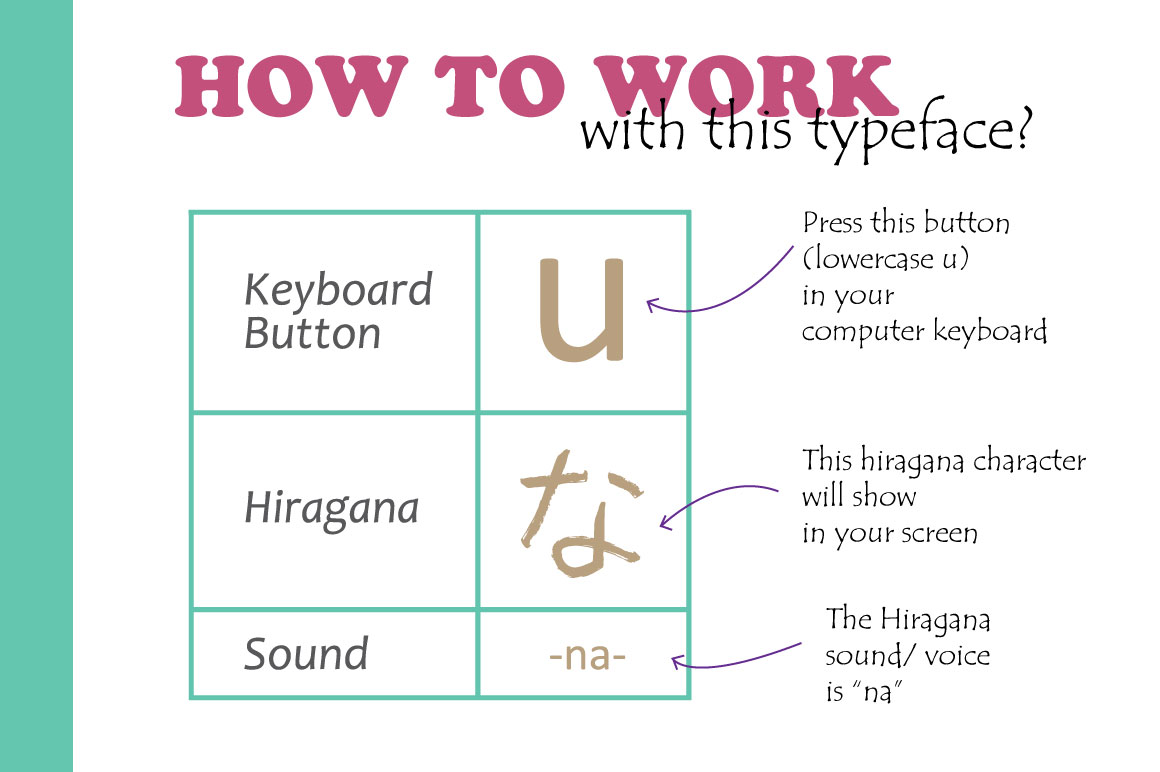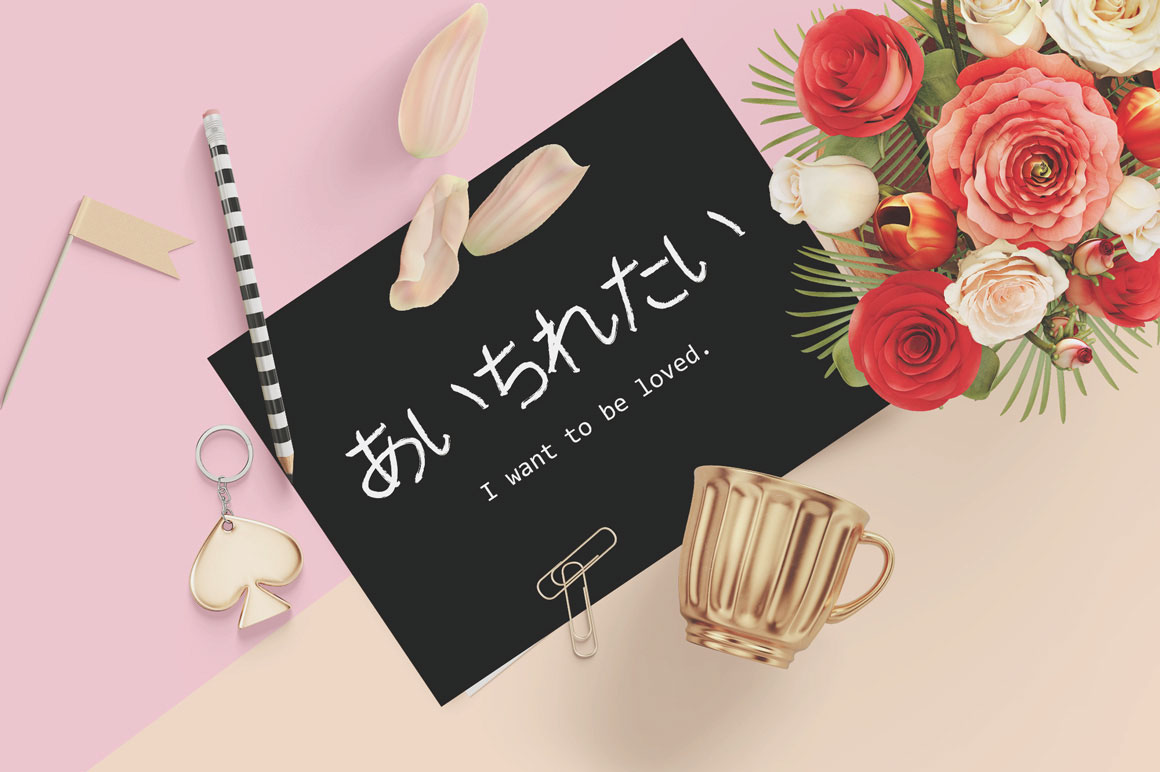
Tomodachi Hiragana Studyhelp
December 26, 2019 Ganbare (頑張れ) or ganbatte (頑張って) is a Japanese phrase that means "Come on!" "Let's go!" or "Go for it!" in English. It has the meaning of "Do your best" and it is can be used to cheer for your favorite team during a sporting event.

Tomodachi Hiragana Typeface
Japanese: ·友達: friend

Tomodachi Hiragana Studyhelp
1 Answer. Sorted by: 5. 友{とも} 'tomo' is basically not used in everyday modern Japanese. You may sometimes encounter it in literary writing, or in fiction to make a character sound archaic. 友達{ともだち} 'tomodachi' is the ordinary casual word for 'friend'. You can use it in most situations, though formally you can also say.

Tomodachi Hiragana Typeface
Common Words for Friend in Japanese. Here are some general words for friend in Japanese. Be careful to note the level of politeness or intimacy in each! 1. 友達 (Tomodachi) - FriendThe word 友達 (tomodachi) means friend or friends.The suffix -達 (dachi) is technically the Japanese plural form, but you can use tomodachi to refer to either one friend or many.

Tomodachi Hiragana Typeface
Hiragana: Phonetic alphabet used mostly in combination with kanji. Katakana: Phonetic alphabet used to represent foreign words, places, onomatopoeias, etc. If the word is represented in kanji, the reading section shows how this word is read. Words having multiple readings will be ordered by popularity. Furigana

Tomodachi Hiragana Studyhelp
From Wikipedia, the free encyclopedia Look up tomodachi in Wiktionary, the free dictionary. Tomodachi (友達; ともだち; or トモダチ) is a Japanese word meaning "friend (s)". Tamodachi is a possible misspelling. It can also refer to: Songs [ edit] "Tomodachi", a song by Ketsumeishi "Tomodachi", a song by Milk & Bone "Tomodachi no Wao!", a song by Puffy AmiYumi

Tomodachi Hiragana Typeface. Non Western Fonts. 16.00 Western font
Summary Definition and meaning of "tomodachi" Let me start with the definition and meaning of tomodachi. tomodachi- 友達 (ともだち) : a noun meaning a 'friend' in Japanese.

Tomodachi Hiragana Studyhelp
Google's service, offered free of charge, instantly translates words, phrases, and web pages between English and over 100 other languages.

Tomodachi Hiragana Studyhelp
Share Save 158 views 2 years ago 💞Easy Japanese Words to Learn💞 This video is for those (including myself) who want to learn how to write Kanji character, and learn Japanese words at the same.

Tomodachi Hiragana Studyhelp
Using Verb て-form いる with toki in Japanese. You can also use Verb て-form いるとき to express the time in the middle of action, while you are doing something. For example, ご飯を食べているとき (gohan wo tabete iru toki) means in the midst of eating. ご飯を食べる とき gohan wo taberu toki: before eating meal.

Tomodachi Hiragana Typeface
friend Tomodachi (友達 / ともだち) is first up and it's the one that you probably already know. It's divided into two kanji characters tomo (友 / とも) which means friend, and dachi ( 達 / だち) which refers to the plural form of the noun for 'person' (more than one). For example watashi means 'I' in Japanese but watashi-tachi (私達 / わたしたち) means 'we' or 'us'.

Tomodachi Hiragana Studyhelp
Hiragana: ともだち Katakana: トモダチ Romaji: tomodachi English Meaning: friend, friends Example Sentences: もし車を持っていたら、友達の家に遊びに行けるのに。 moshi kuruma o motte itara, tomodachi no ie ni asobini ikeru noni. If I had a car, I could visit my friends. [Show Details] 彼は私の友達です。 kare wa watashi no tomodachi desu. He is my friend. [Show Details] Click here

Tomodachi Hiragana Studyhelp
View the correct stroke order and learn to write all the kanji and kana for 友達 (tomodachi).

Tomodachi Hiragana Studyhelp
※'Tomodachi' is OK for any of the above. If you want to be more specific, you can say 'otoko no tomodachi (male friend)','onna no tomodachi (female friend)', or 'tomodachi san-nin (3 friends)'.. ・With hiragana, 1 character expresses one syllable. ・The character itself has no meaning. ・Used mainly to write function.

Tomodachi Hiragana Studyhelp
Japanese: ·[from 1774] yes; okay; understood, got it; here, present; right, so (agreement); uh-huh (acknowledgement that one is listening) はい、承(しょう)知.

Tomodachi Hiragana Typeface
The Japanese hiragana and katakana syllabaries can mostly be described as phonetic. But there are two exceptions, the two pairs of syllables modified to be voiced with the dakuten diacritic which turns them into homophones: す (su) → ず (zu); つ (tsu) → づ (zu) し (shi) → じ (ji); ち (chi) → ぢ (ji) The same goes for katakana: